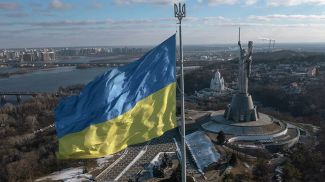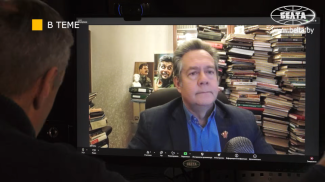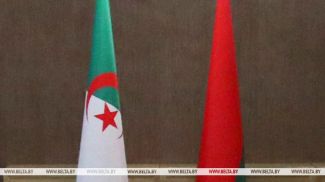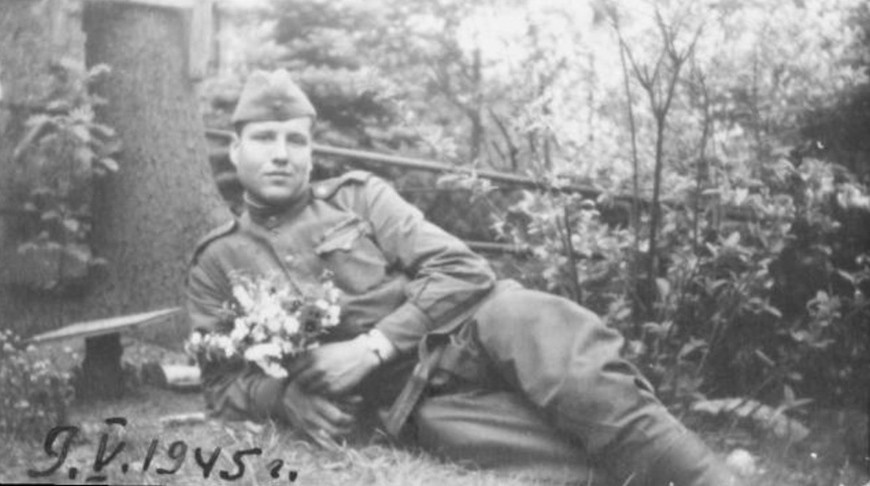
News of the story
"Victory Parade: Stories and Faces"
It is hard to imagine how many lives were saved during the war years by legendary deminer of the Guards Motorized Special Purpose Engineer Brigade, Belarusian Ivan Doronin. In Kursk alone during the summer of 1943, he defused 11 aerial bombs in just one week.
“Better to die than be captured!”
Ivan Doronin was not only a brave soldier but also a devoted husband, a loving father, and a wonderful grandfather, emphasizes his granddaughter Olga. The resident of Tolochin, she still speaks of her relative with a tremor in her voice, although nearly 20 years have passed since the veteran's death.
“He passed away when I was 18. At that moment, I realized that an entire era had gone with my grandfather. However grand it may sound, that’s exactly how it felt to us. In an instant we lost the head of our family, a reliable shoulder, and a wise mentor. I remember him as always ready to protect, help, explain, and teach,” Olga Lemesheva says.
Ivan Doronin was conscripted into the army in the autumn of 1940. He performed his military service on the Soviet-Polish border. On the morning of 22 June 1941, he and his comrades heard the thunder of exploding shells and aerial bombs. It immediately became clear: war!
“My grandfather was enlisted into the 69th Guards Artillery Regiment as a gun layer. He often had to participate in battles alongside the infantry,” says Olga Lemesheva. “Rereading the memoirs from those years, it terrifies me to even imagine the situations a 20-year-old young man found himself in.”
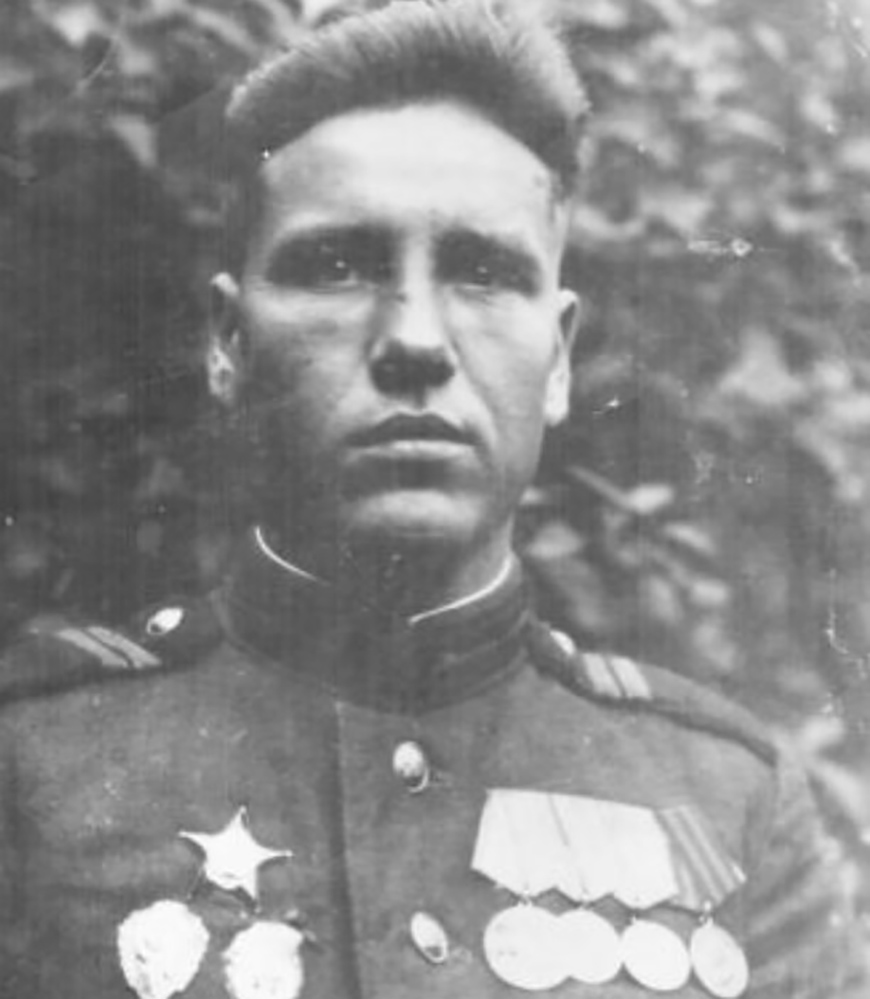
There were more than enough moments during the war when the soldier was a hair's breadth from death. For instance, describing the events of 17 May 1942, the veteran admitted he was prepared to die under tank treads rather than fall into enemy captivity. “In the heat of battle, we ran out of shells and had to retreat. An enemy tank was cutting off the path to our shelter. I was so exhausted from a full day of fighting that I could barely move my legs and couldn't manage to break into a run. The tank was about a minute away from me, and I was about a minute from the ravine. I instantly and firmly decided: if I couldn't make it, I'd rather die under its treads than be captured! At that moment, a machine gun burst fired from the tank. It was as if it gave me strength. With three to five steps, I made a leap, tumbled head over heels, and fell into the ravine, which turned out to be a gully. I got up, dizzy and with sparks in my eyes, but with the thought that I was saved after all.”
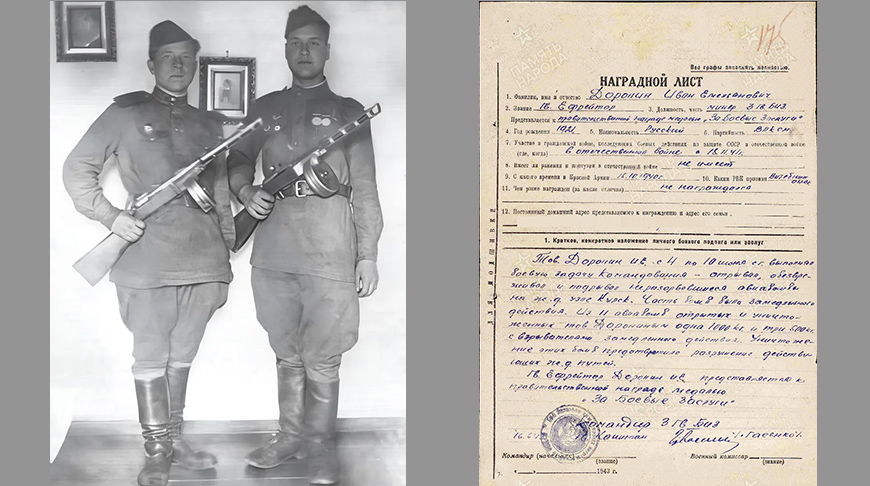
In the summer of 1942, north of Donetsk, finding themselves surrounded by the enemy, Ivan Doronin and his comrades-in-arms spent a month moving in separate groups at night to reach the positions of Soviet troops.
Find and neutralize
Later, the soldier was assigned to the 16th Separate Special Purpose Engineer Brigade, where he was trained in mine and explosive operations. As part of this unit, he participated in mining roads, bridges, and the front line of defense, and fought through the Battles of Stalingrad and Kursk.
In 1943, Ivan Doronin was awarded the medal For Battle Merit for carrying out a particularly important combat mission. From 4 to 10 June, he defused and detonated unexploded aerial bombs at the Kursk railway junction, risking his life every minute. Some of the shells were delayed-action types. The commendation document noted that of the 11 aerial bombs he uncovered and destroyed, one weighed a full tonne and another three weighed 500 kg each. Importantly, the destruction of the shells was carried out without damaging the railway tracks. One can only imagine the strength and skill our compatriot applied to fulfill the command’s assignment.

“I came across this information online only a few years ago. I admit, it had a staggering effect on me,” says the veteran’s granddaughter. “It once again convinced me that the merits of the Soviet soldiers, each and every one of them, simply cannot be overestimated.”
No margin for error
Ivan Doronin participated in the liberation of Kiev, Zhitomir, Kalinkovichi, Rogachev, Rechitsa, Mozyr, and Brest, as well as the encirclement and assault of Warsaw. For deminers, the enemy’s retreat always meant an immense workload with no time for respite. As soon as the Nazis cowardly fled the battlefield or abandoned a city, the extremely dangerous process of clearing mines from fields and streets began, and any wrong move could cost a life. “Disarming each aerial bomb took 3–4 hours of intense work, and always meant a hair’s breadth from death,” the veteran admitted.
The heroism and fearlessness of Ivan Doronin are even mentioned in the memoirs of Marshal of Engineer Troops Viktor Kharchenko. In his book “…Of Special Purpose,” describing the capture of Berlin and the seizure of the bridge near the city of Nauen, the Soviet military commander writes: “The deminers rushed toward the wires leading to the explosives on the bridge. The first to reach them were Senior Sergeant Sokol, Privates Demin and Varava. But enemy bullets struck down the heroic guardsmen. Then, taking the place of the fallen, Group Commander Captain Shimarovsky, Sergeant Nechipurenko, and Privates Bushuyev and Doronin stepped in. Despite being wounded, the soldiers cut the wires and then defused and removed half a tonne of TNT and three aerial bombs weighing 250 kg each from the bridge supports. During the demining, submachine gunners established a perimeter defense and provided covering fire for their comrades. Captain Shimarovsky launched a series of green flares - the signal that the path was clear. The combat vehicles of the 47th Tank Brigade crossed the bridge at high speed and stormed into the city of Nauen. The stunned Nazis fled in panic, abandoning large quantities of weapons and military equipment.”
The work of the brigade in which our hero served continued even after Victory Day. However, Ivan Doronin did get a break: when the unit was deciding in May 1945 which of the most deserving soldiers to send to the parade in Moscow, the choice fell precisely on Red Army soldier Ivan Doronin.
“My grandfather was granted the high military honor of participating in the historic first Victory Parade. On 24 June 1945, as part of the composite regiment of the 1st Belorussian Front, he marched across Moscow’s Red Square. Afterward, he returned to Berlin to continue the work of clearing the city’s territory of mines, shells, and unexploded aerial bombs. This heroic labor lasted until August 1946. Unfortunately, even after the war, the deminer’s profession remained one of the most dangerous; many of his comrades were killed while defusing bombs,” says the hero’s granddaughter.
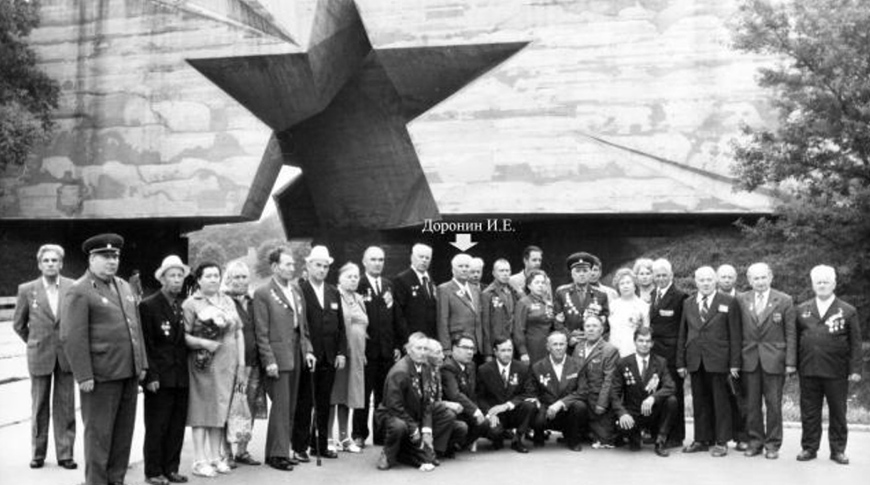
The combat path of Red Army soldier Ivan Doronin spanned approximately 40,000 km. He was wounded and shell-shocked three times. In 1942, he was even listed as an irrevocable loss (this document remains in the archives). But despite all the tragedies, the soldier managed to return to his native Vitebsk Oblast, where he lived the rest of his life. He was awarded the medals For the Defense of Stalingrad, For Battle Merit, For Courage, For the Liberation of Warsaw, For the Capture of Berlin, For the Victory over Germany in the Great Patriotic War of 1941–1945, as well as the Orders of the Patriotic War 1st and 2nd Class and the Order of the Red Star. He received 17 (!) commendations from the Supreme Commander-in-Chief.
Yulia GAVRILENKO,
7 Days newspaper
Photos courtesy of Ivan Doronin's family





